Sports supplements are built upon the foundational desire to perform better, and regardless of your goals, this aspiration is often the reason for introducing supplements into your regimen. We're constantly searching for safe and effective ways to better our training, and supplementation is one avenue towards doing just that.
There's no "one-size-fits-all" formula or ingredient, especially across categories like strength, performance, weight loss, and muscle gain. However, there are some supplements that translate across multiple goals, allowing for various types of athletes to reap potential benefits!
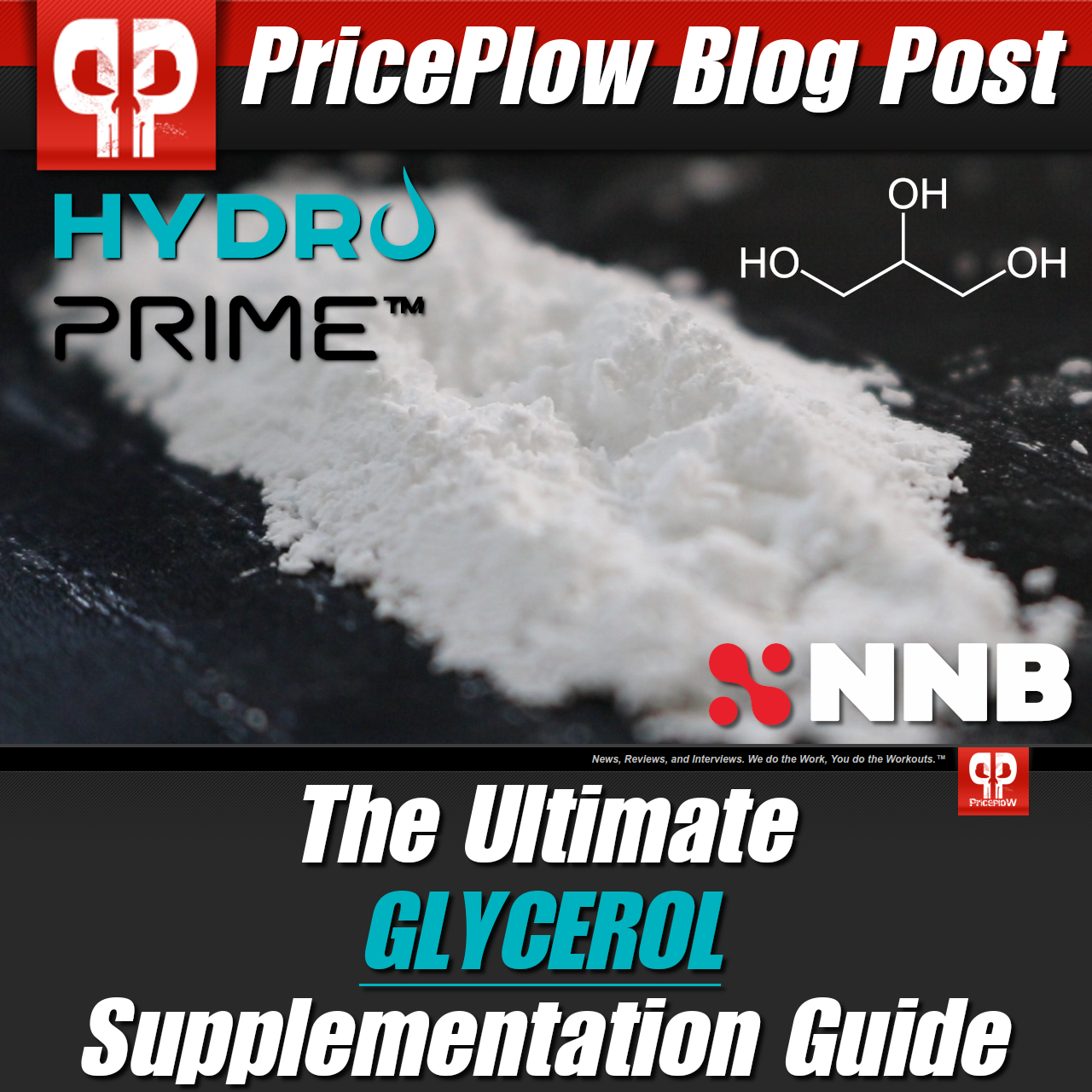
When it comes to hydration, endurance, cell volumization, and heat tolerance, water is king. And this simple ingredient -- glycerol -- enables you to hold more water for better performance!
Glycerol time means go time
This article covers one of these potent, versatile ingredients that crosses multiple categories: glycerol! If you've been following PricePlow and the sports nutrition industry, you've surely heard some excellent things about this water-absorbing, endurance-enhancing ingredient - it's one of our tried-and-true favorites, most commonly found in pre workout supplements, but sometimes in intra-workout supplements as well.
By helping working muscles retain water, glycerol maintains high levels of hydration, which allows the body to push its training efforts harder even when fatigued. While most of this sugar alcohol's uses revolve around hydration, there are benefits for athletes who aren't concerned with endurance as well.
Before we take a deep dive into all things glycerol, make sure you're subscribed to PricePlow for our news and deals alerts. You'll instantly gain access to great deals on some of your favorite supplements! You can also follow us on social media and check out our YouTube channel for supplement reviews, news, and interviews!
Article Summary
Glycerol is a simple molecule that is the backbone of several other important biological molecules and fatty acids.
Also known as glycerin / glycerine, supplementation of additional glycerol leads to the following benefits in humans:
-
Increased Hydration
-
Enhanced Performance and Endurance
-
Improved Cardiovascular Health
-
Body Heat Regulation
-
Cellular Volumization (Pumps!)
Some animal models even indicate that there could be body composition improvements as well. These benefits mostly come from glycerol's ability to "hyperhydrate" the cells and help the body retain more fluids, but the molecule also acts as an energy substrate itself, providing some calories.
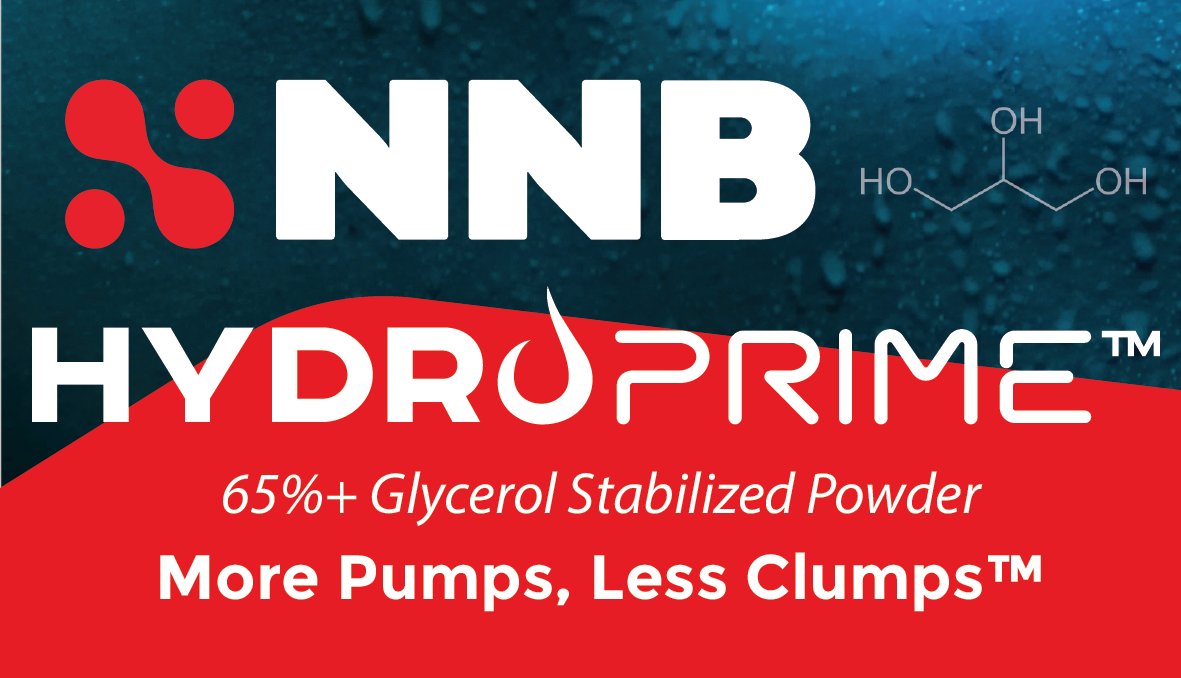
More Pumps, Less Clumps. After too much clumping and grit from the competition, NNB Nutrition's HydroPrime is ready for primetime. Contact NNBNutrition.com to learn more.
High-dose liquid glycerine can be taken, but due to its soapy taste, most athletes enjoy powderized forms better.
Introducing NNB Nutrition's HydroPrime:
Because of its hydrophilic nature, glycerol powders are notorious for clumping and grit. To remedy this, NNB Nutrition has launched HydroPrime, the most stable glycerol powder we've tested yet. It is available at 65% and greater yields.
Doses depend on the athlete's size, goals, training intensity, and ambient training temperature, but starter doses of 2-5g 1-2x/day are recommended, with some studies going far higher. 6g/day is a worthy goal. Glycerol stacks well with sodium, creatine, betaine, taurine, and should be taken with plenty of water!
Subscribe to PricePlow's Newsletter and Alerts on These Topics
What is glycerol?
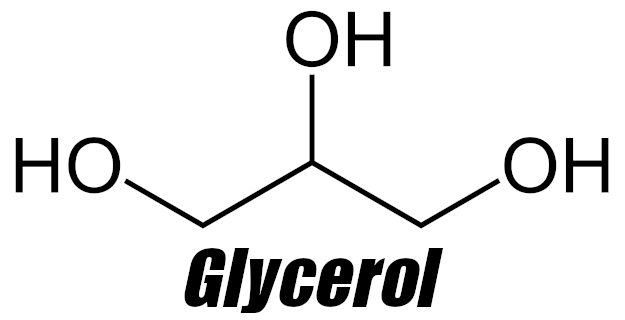
No doubt, the simple glycerol molecule has "mission critical" status with the body. But when we supplement far more, incredible benefits related to hydration occur!
In order to properly discuss the potential uses of glycerol, we must first cover some things that may not sound interesting, such as its chemical makeup, bioactivity profile, and other interactions. However, as you'll soon see, it's because of these properties that glycerol is able to do what so many athletes have come to appreciate!
Chemical Composition
Glycerol, known in the scientific community as 1,2,3-propanetriol,[1] is a naturally-occuring compound that's composed of three carbon atoms, eight hydrogen atoms, and 3 oxygen atoms (C3H8O3). This chemical structure classifies glycerol as an alcohol, one that is produced as a natural byproduct in the metabolic breakdown of food.[2]
In other words, glycerol is produced from glucose, proteins, pyruvate, triacylglycerols, and other glycerolipid metabolic pathways.[3] Because it's often formed from glucose, glycerol is commonly known as a sugar alcohol. Within these individual processes, though the end product is the same, some significant differences in their methodology exist:
-
Lipolysis, or the breakdown of fats, uses triglycerides to produce glycerol. Interestingly, this also happens when the body breaks down triacylglycerol stores,[4] which are more commonly understood as adipose tissue. Yes, it turns out fat-burning yields glycerol as a byproduct!
This makes sense, since our body fat is mainly composed of triglycerides, and triglycerides are glycerol molecules bound to three fatty acids (hence the tri- and the glyceride part of the word).
-
In the glycolytic pathway, glycerol is formed from glucose through the reduction of dihydroxyacetone-P by glycerol dehydrogenase.[6] Though the initial product of this reaction is glycerol-3-phosphate, the natural enzyme glycerol-1-phosphate effectively removes the phosphate group from the compound,[6] leaving isolated glycerol as the final yield.
Synthetic glycerol exists...and it's safe per the FDA, too!
There are two spheres in which glycerol resides - one exists within natural metabolism (some of which is discussed above), the other in manufacturing. Synthetic glycerol can be yielded via chemical interactions with propylene, another three-carbon compound.[2] In this practice, fatty acids and oils undergo a process called transesterification, in which a catalyst ignites a reaction between the fats and alcohol.
The fat source used, commonly a vegetable oil or animal stock, essentially yields two final products - raw biodiesel and raw glycerol.[2] Now despite this process seeming outside the scope of human digestion, this glycerol, when purified, is actually deemed safe for consumption by the FDA (Food and Drug Administration).[7] This is discussed further in a later section on the FDA's GRAS (generally recognized as safe) recognition.
Also known as glycerin or glycerine
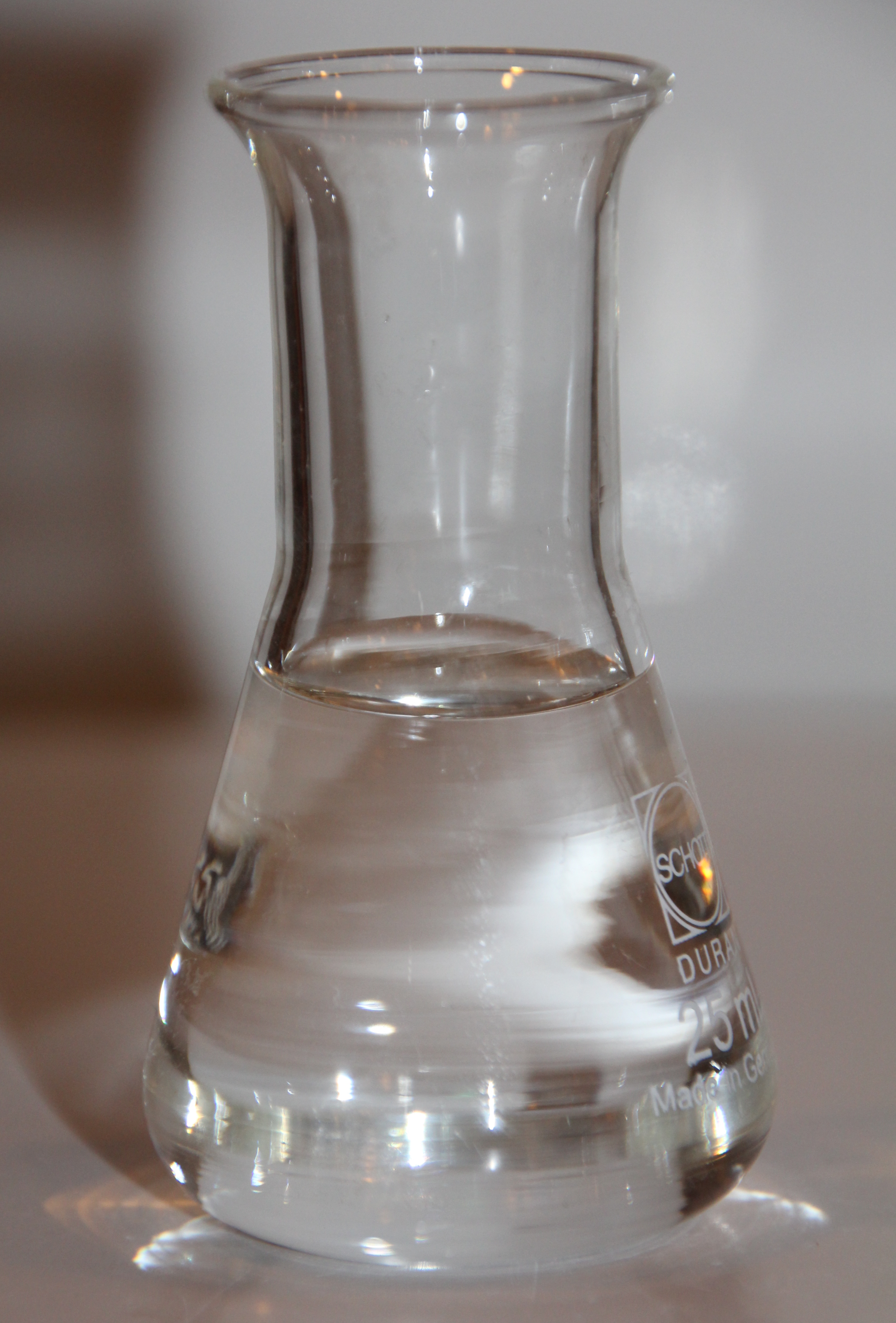
Also known as glycerin or glycerine, liquid glycerol can be ingested, but the harsh, soapy taste is off-putting to nearly everyone. This is why most athletes instead supplement with powderized forms. Image courtesy Wikimedia commons.
Synthetic glycerol is most commonly utilized as a food additive, for example, it can be used as a sweetener, filler, or thickener. On many of these products, you may see it labeled as glycerin or glycerine. It's also found in a variety of consumer products such as toothpaste and soaps.
Though noteworthy, the ways in which glycerol is formed in metabolic pathways is perhaps more interesting, as it also begins to unveil what it does within the body!
Glycerol metabolism and glucose levels
Interestingly enough, glycerol takes on several different roles within the body. The compound serves as a main component in hepatic gluconeogenesis,[8] which helps maintain stable blood glucose levels. Glycerol can also be used directly for energy, as well as when needed for the synthesis of triacylglycerol/triglycerides (body fat) along with fatty acids to be stored.[9] The exact usage depends on overall energy balance and metabolic functioning, as the body routes the substance based on its specific needs.
Heavily used for gluconeogenesis when dietary/circulating glucose isn't around
An extremely fascinating relationship between glycerol and glucose balance exists within humans, and it embodies just how smart and adaptive the human body is. Under normal circumstances in which the body has ample amounts of glucose to burn for energy, glycerol use for gluconeogenesis accounts for less than 5% of glucose production.[9] However, research has found that in the context of prolonged fasting, glycerol is the only means of gluconeogenesis, and as such, more than 20% of glucose production comes via glycerol metabolism.[9]

Glycerol is a key contributor to gluconeogenesis, the process that enables the body to generate glucose even if it doesn't intake a single carbohydrate! Image courtesy Wikimedia Commons
In these glucose-starved states, the body turns to other means to generate glycerol in order to make glucose. Research has also shown that pyruvate, a salt of pyruvic acid that lives within fatty tissue, can be used to form glycerol as long as it has sufficient amounts of three intermediate compounds available - oxaloacetate, adenosine triphosphate (ATP), and nicotinamide adenine dinucleotide hydride (NADH).[10]
This is how ultra low carbohydrate dieters get along just fine -- the liver is able to generate the small amounts of glucose that are critical to the body's function, even if there has been none ingested -- all thanks to glycerol and some accompanying biological molecules. We've long understood just how efficient of a machine the human body is, and this relationship between glycerol and gluconeogenesis highlights that fact.
Next, looking at this substance through the lens of sports supplementation hones things in a bit more - we're not necessarily concerned with its relationship with gluconeogenesis, but with its training-specific capabilities. At the basis of those capabilities lies a central relationship...
Glycerol and water - the key to improved performance
What exactly does this mean? Osmosis is the process in which water diffuses across membranes in response to shifts in osmotic pressure.[11] This is often caused by some imbalance between molecules on either side of the membrane in question, and in humans, this it most commonly involves salt and water.[11]

Glycerol and water go hand-in-hand. If you're supplementing glycerol, definitely make sure to increase water intake!
In practice, a liquid with higher osmotic pressure sees an increase in water flowing through it, while the alternative is true for liquids with low pressure. Because this balance is so integral for overall functioning, the body is typically excellent at maintaining intracellular osmotic pressure, with cells adjusting their volume to account for external shifts in pressure.[11] However, overall pressure can fluctuate, and with it so too does the movement of water through the body.
Hyperhydration!
In raising the osmotic pressure within bodily fluids, glycerol encourages increased movement of water throughout the body. This effect also influences the body to retain more water, effectively increasing its overall volume. In combination with each other, these two effects yield a state of hyperhydration - the body not only holds onto more water, but moves it more efficiently, as well! This helps hydrate muscles, attenuating onset fatigue as they work.
In order to capitalize on these effects, glycerol is best utilized alongside a sufficient water intake.[12] Working in tandem, the two saturate the body with the hydration it needs to work harder, for longer. Loaded up with water, glycerol helps deliver an extreme "water-based pump" that rivals that of popular nitric oxide-based ingredients. Whether you're in it for the hydration or the pump, the ingredient likely delivers something that can be of use for you!
Eventually the body will metabolize the active glycerol and move blood osmotic pressure back to normal levels. Before it does, however, is where the magic happens - utilizing this state of hyperhydration is exactly what makes glycerol an effective supplement!
Research behind glycerol as a sports supplement
When it comes to sports supplementation, the benefits of glycerol can be best categorized within four constructs:
- hydration
- muscular endurance
- cardiovascular efficiency, and
- thermoregulation.
The specifics of each category vary somewhat, but are all similar in nature in that they all connect a super-hydrated state to improved performance!
-
Enhances hydration
Though the world of health and fitness is quite expansive, one topic that transcends whichever niche group you find yourself in is hydration. Whether discussing professional sports, recreational activity, or even a long day out in the summer heat, staying sufficiently hydrated is of utmost importance. Ensuring the body has enough water to function helps keep it running efficiently, allowing you to continue doing whatever activity you're currently engaging in.
The desire for hydration support is so massive that countless drinks, formulas, and ingredients have literally been created with the sole purpose of satisfying that need. As such, any effective inclusion in that consumer market deserves its fair share of attention, so allow us to give a bit of recognition to glycerol!
Allows endurance athletes to keep hydration levels high
When the going gets tough in the final loop of this heat-based event, the glycerol group pulled through far faster at the end.[13]
Though we've discussed the mechanisms at play in glycerol's hyperhydration inducing effect, there's substantial research that has tested how practical, and powerful it really is. In 2004, researchers gathered to observe the outcome of glycerol taken pre-exercise, specifically interested in the physiological and performance-based responses it could have in athletes competing in mountain bike races in intense heat.
12 trained cyclists were split into three groups prior to completing a 30-mile race. Each group consumed water (in volume equal to 2.8% of their body weight) prior to the race, with one group also receiving glycerol at a 1g/kg body weight dosage.[13]
Their intra-race assignment also differed - one group received no water, while the other two (including the glycerol group) were given 2 water bottles. After each 10-mile loop, the subjects stopped for eight minutes to have various metrics taken for the study.
To measure hydration, the scientists used the following data points - fluid consumed, urine volume, urine color, thirst sensation, and percentage of dehydration.
Overall, they found that the group given glycerol prior to exercise were less dehydrated throughout the race than the other two groups.[13] This was also evident in urine samples, as the glycerol group consistently showed lighter urine color as the race went on. Furthermore, those given glycerol were both less thirsty and felt less physiologically taxed post-race.[13]
Maintains hyperhydration for prolonged periods of time
In 1995, a team of researchers took a somewhat unique approach in studying the effects of glycerol - they weren't just concerned with inducing a state of hyperhydration, but rather maintaining one. Citing earlier research that was able to keep individuals hydrated for upwards of eight hours, this team wanted to take things a step further, entering the study with a goal of 32 to 49 hours![14]
In order to assess whether or not they could reach such heights, they split the study into two "series" - Series I focused on the 49-hour threshold, while Series II focused on the 32-hour mark. In both segments, subjects ingested large volumes of water (39.2 or 51.1 ml/kg body weight) with roughly 3g/kg body weight of glycerol daily, and were compared to placebos that ingested similar amounts of water with no glycerol.
In both Series I and Series II, they found that the glycerol group had significantly smaller urine volumes, citing up to 700mL reduction in excretion.[14]
This supports the notion that the subjects were in a state of hyperhydration, retaining water to keep the body hydrated. The scientists also concluded that this effect could be useful in helping individuals retain water when entering (or in) situations in which finding fluids may not be easy,[14] such as a long endurance race without a water bottle!
Synergy when hydrating with creatine
Many are aware of the strength, power, and size gains that can be made with regular creatine supplementation. However, few are aware of a study where glucose and creatine were combined to increase water in the body by as much as 800g![15] This was only after a week of consuming 10g creatine with 70g glucose twice per day.
We know that creatine alone is great... but look at what happens when it's combined with glycerol![16]
But what if you were to double down and add glycerol to this strategy?
Researchers in 2007 put it to the test on 15 long distance runners, providing 10g creatine, 75g glucose, and just 1g glycerol twice a day for a week.[16] The hydration effects were downright phenomenal, with 0.85kg (1.87lbs) gained, and most of that being water!
When racing at 60% VO2max intensity in 35°C (95°F) heat, those that were hyperhydrated with this effect had less fatigue, lower heart rate, and lower core body temperature.[16]
Below, we discuss other research with regards to heat-intensive training, but do not forget the hydrating power of combining creatine and glucose/dextrose with glycerol - and the above study was actually a quite small dosage!
-
Promotes athletic performance via endurance gains
It shouldn't come as a surprise that adequate hydration typically translates to superior physical performance. Research has found that being adequately hydrated can improve aerobic, anaerobic, and neurocognitive performance, as well as cardiovascular recovery, during intense training.[17,18] Therefore, it seems that the sports hydration drinks that have been around for years are backed by some science and may be beneficial for athletic performance.
The next question is therefore somewhat obvious - if hydration can have some significant athletic benefits, what can hyperhydration do!?
Liquid glycerol is the go-to for massive doses, but has a very unpleasant taste. This is why glycerol powders have become popular. Pictured: HydroPrime
The effects of glycerol supplementation when used for athletic performance are well-documented, and are perhaps best covered in a research study published in 1996. Understanding what proper hydration could do for an athlete's performance in training and competition, this team of researchers hypothesized that the addition of glycerol could push endurance a level higher.
In a double-blind, placebo-controlled procedure, 11 well-conditioned men were split into two groups - both groups were given body weight-equivalents of water, while one received 1.2g/kg body weight of glycerol and the other a placebo.[19] Two trials were performed - the first focused solely on glycerol ingestion pre-exercise, while the other considered both pre-training glycerol and intra-training carbohydrates.[19]
The primary metrics of interest in both experiments were those that pertain to sustained performance in aerobic activity - average heart rate and time to exhaustion.
In the glycerol-water only study, they found some rather convincing results - the glycerol group measured average heart rates 2.8 beats/min lower than placebo,[19] plus a 21% increase in time to exhaustion. On average, those given placebo tapped out after 77 minutes, while the glycerol group continued past the 90-minute mark![19]
Last longer (bigger time-to-fatigue), hydrate better, and subsequently lose more weight due to longer endurance? Glycerol is a must-try for endurance athletes.[19]
As potent as these gains seem, they may be even better when consuming carbohydrates intra-workout, following pre-exercise ingestion of glycerol. Those that followed up glycerol with a mid-exercise dose of carbohydrates maintained even lower average heart rates (4.4 beats/min) while further raising time to exhaustion (123.4 minutes).[19]
This makes sense because carbohydrates are an excellent fuel source for sustaining activity, especially when it comes to endurance-based training. Furthermore, glycogen (the glucose stored in our skeletal tissue for short-term energy) is heavily water-dependent, so there is potentially additive synergy between carbohydrates and glycerol.
That being said, the key factor in both of these trials was glycerol, which enhanced hydration to a degree that it significantly improved athletic performance!
Back to that hydration study...
Retracing our steps a bit, the 2004 study referenced in the hydration enhancement section also studied glycerol's effects on endurance. In order to do so, the researchers administered an environmental symptoms questionnaire to subjects after the conclusion of the 30-mile race. The Environmental Symptoms Questionnaire (ESQ) was developed in 1980,[20] and assesses various climatic conditions related to physical exertion, such as headaches and nausea.[13] In comparing the degree of these symptoms post-exercise, the scientists could gauge the influence of glycerol in prolonging time to exhaustion.
Ultimately, they found that the cyclists who consumed glycerol prior to the 30-mile race scored significantly better in the ESQ than both groups, feeling less depleted than the water-only / no water groups. This finding seems to explain another intriguing result of the study - despite having similar times in the first two 10-mile loops, the glycerol group finished the last 10 miles faster than the other two groups. With enhanced endurance, they managed to stave off exhaustion long enough to sustain a steady pace and finish the race, on average, roughly 3 minutes faster!
Potent even in intense climates!
For most individuals, training conditions aren't always consistent. This is especially true for endurance athletes, who are often dependent on Mother Nature in determining how hot, humid, or cold a training session will be. Even if you train in a well-conditioned environment such as a commercial gym where air conditioning units and fans are fallible. When dealing with these external circumstances, it can become significantly harder to maintain endurance, especially in the heat.
Notably, many of the performance-based glycerol studies test the ingredient specifically in extreme environments, such as intense heat. The previously-mentioned 30-mile race trial was conducted in severe heat, as was another study from 1999. In this experiment, eight competitive cyclists completed two 30-minute time trials - the first was at a steady pace, while the second dealt with changing workloads.[21] Each cyclist completed these trials in a rather uncomfortable environment - 90-degree heat with 60% humidity!
In a double-blind, crossover design, subjects were either given a glycerol-water solution or an electrolyte-based placebo. In order to assess performance, the second 30-minute trial was of main focus - with the ability to vary pace, the researchers could score the cyclists' performance based on their total workload, representative of their endurance. They found that those who consumed glycerol significantly increased their workload by 5%, accruing more total power output than placebo.[21]
These results are backed up by another study from 2002, in which well-trained triathletes consumed glycerol prior to completing an Olympic distance triathlon (ODT).[22] All 10 athletes participated in two ODTs, separated by two weeks - the first was done in 90-degree heat, while the other was performed in a more mild, 77-degree climate. Administering glycerol prior to the ODT in a double-blind, placebo-controlled fashion, the study focused specifically on how the change in climate altered performance.
They found that those given glycerol prior to the ODT saw significantly less increases in completion time between the hot and warm conditions - on average, the glycerol group's time increased by only 1:47 in the heat compared to 11:40 for the placebo group![22] The heat obviously makes it a bit more difficult to exercise, let alone complete a triathlon, but this study shows that glycerol may help offset some of this weather-related decline!
In truth, there are various studies out there that repeat what we've already discussed - glycerol, combined with proper hydration, can help improve endurance. If your ability to sustain a given pace - such as in a metabolic conditioning session, a trail run, or any regimen that taxes aerobic capacity - is important to you, glycerol is something you should consider implementing into your pre-workout arsenal!
-
Supports cardiovascular endurance during aerobic exercise
Speaking of aerobic capacity, one integral piece of the puzzle in terms of aerobic power is cardiovascular health. A healthy heart, in conjunction with capable lungs, helps push oxygenated blood throughout the body during exercise. In fact, looking at this process via exercise is a bit short-sighted - cardiovascular health and capability is crucial for life.
Aerobic endurance can be significantly enhanced by a more conditioned heart, however. The cardiovascular system is extremely complex,[23] and there are multiple avenues where one could attempt to improve its function. In terms of maintaining endurance during physical activity, there seem to be two key factors - heart rate and cardiac stroke volume.
Despite the high-glycerol group (in blue) starting with the highest heart rate, they eventually went down to the lowest![24]
In research published in 1999, a team of scientists sought to understand the effects of glycerol on cardiovascular functioning during aerobic activity, with an original hypothesis citing the ingredient's hyperhydration property as a main influence.[24] Administering glycerol to six subjects in a double-blind, placebo-controlled experiment, these researchers had their beliefs confirmed, at least on this small sample size.
The results showed that glycerol decreased free water clearance compared to placebo, suggesting a hydrating effect.[24] They also saw lower heart rates and higher cardiac stroke volume in the test group.[24] Sustaining a lower heart rate while pumping large volumes of blood with each contraction translates to more efficient cardiovascular functioning, something that hints towards improvements in overall cardiac output and endurance!
An additional study from 2012 supports this notion, as well. In this experiment, a much larger sample size of 40 male volunteers were split using two factors, a daily 20m shuttle run and daily glycerol supplementation:
- Group "S" - no glycerol, no running routine,
- Group "GS" - glycerol, no running routine,
- Group "E" - no glycerol, running routine, and
- Group "ES" - glycerol and running routine.[1]
Following their assignments for 20 days, subjects were assessed for changes in both aerobic capacity and anaerobic power. They found significant increases in anaerobic power in both glycerol groups,[1] while also seeing enhanced aerobic power in those who received glycerol and exercised, compared to those who received glycerol yet did not exercise.[1] Thus, the researchers concluded its potency as an ergogenic aid, boosting not only aerobic but also anaerobic capacity!
-
Keeps internal body temperature in check
It's no secret that physical activity raises internal body temperature, as heat is a natural byproduct of energy conversion. Though this heat creation is inherent in training, it by no means that it must be dealt with, especially when you're dealing with both intense external and internal heat. Because glycerol helps pull additional water into the body and increases its vascular movement throughout it, it has also been attributed with the potential to regulate core body temperature.
In research originally published in 1990, a team of scientists studied the effect the glycerol ingested pre-exercise could have on thermoregulatory capacity.[25] Six subjects were gathered to perform moderately difficult treadmill workouts at 60% of their VO2 max.[25] They did this on three separate days, but were given a different substance 2.5 hours prior to each bout - on the first, they were given glycerol plus water, on the second just water, and on the third practically no water.[25]
Athletes using glycerol not only urinate less, but they are able to sweat more![25] This connects us to a heat tolerance benefit.
Each trial was performed in dry heat, maintaining consistent conditions across trials.[25] The study was designed to test whether or not glycerol altered the effects of hypohydration (exhaustion, rise in body temperature) as compared to both simple hydration and hypohydration itself.
They ultimately found that, in the glycerol trial, subjects increased their sweat rate by 33% over placebo,[25] suggesting that the body was more capable of self-regulating its internal temperature. This proved to be true, as the team also found that glycerol lowered core body temperature by 2 degrees over placebo.[25] In other words, glycerol had a thermoregulatory effect as it augmented each subject's ability to perspire and avoid stark increases in body temperature.
In 2001, a similar study was published supporting these thermoregulatory effects. Six endurance-trained men were administered 20ml of water per kg of body weight, with half also receiving 1g of glycerol in their solution.[26] This was done two hours before they completed a 90-minute cycling workout in dry heat, during which subjects consumed an electrolyte supplement every 15 minutes.[26]
They found that those given glycerol held an average core temperature approximately two degrees lower than those who were not.[26] This study also acknowledged the link that exists between thermoregulation, reduced cardiovascular strain, and increased performance, all of which makes glycerol a potent supplement.
That's not all they found, however...
-
The "water-based" pump!
This study also came across something rather interesting in those given glycerol prior to exercise - increased forearm blood flow![26] Given that glycerol increases the vascular movement of water, this isn't all that surprising - if the muscles are calling for some additional hydration, it needs to get to them somehow! However, this benefit has an auxiliary effect that surely won't go unnoticed, especially to a specific subset of individuals within the supplement industry.
That's right, we're talking to you "pump chasers" out there! Because glycerol increases the movement of water, it also serves as an effective pump-inducing ingredient. What makes it so intriguing in this respect is that it does so through means quite different than most other pump-based ingredients.
Not just another "nitric oxide" booster
The lowered heart rate is expected given the above data, but look at the significantly increased forearm blood flow after an hour![26] This is perfect for a pre workout supplement.
The majority of potent pump inducers on the market do so through increasing nitric oxide production, which helps increase vasodilation. Glycerol, however, increases vascularity strictly through its water-drawing effect. This enables it to work alongside most pump ingredients - rather than retread over the same avenue towards pumps, it brings them through its own mechanism!
As such, it's no wonder glycerol has become a frequent inclusion in some of the best pump formulas in the industry. It complements other pump-inducing ingredients nicely, bringing additional water-based pumps without belaboring the mechanisms other ingredients tend to work through. Increased pumps can lead to a better mind-muscle connection, as well as more efficient nutrient delivery to the muscles. With glycerol, those benefits come alongside everything else we've already discussed, as well!
-
Considering body composition? Possibly, at the right dose and daily use
One of the most interesting research studies on glycerol was performed on rats, but it used human equivalent dosages that are not insanely high - roughly 10-12g per day.
In this study, 30 rats were trained for six weeks, but in the final four weeks, they were given either extra glucose, glycerol, or saline, and each group was split further into exercising and non-exercising rats.[27]
The most impressive part of the results was that protein was better-retained in the non-trained rats fed glycerol, and the exercised rats also had better lactate and AST (protein degradation) levels when given glycerol.[27]
If this translates to humans, this could mean that glycerol is useful on rest days or when unable to train to maintain as much size as possible. It also provides further evidence to the endurance effect of glycerol, which is already studied more directly in humans as discussed earlier in this article.
Other studies have shown the "pro anabolic" effect of water,[5] so it's never a bad idea to find ways to hydrate the muscles (and even fat cells for easier burning), and glycerol may contribute to that.
Some potential issues of glycerol
Though there aren't many potential pitfalls in glycerol supplementation, there are a few that are worth mentioning.
-
Clumping in specific powdered variants
Glycerol supplementation is notorious for clumping - the sugar alcohol is rather sticky, which sometimes causes it to form small constituents within a formula. While not inherently a huge issue, some people are put off by the gritty, chewy texture this creates. Now, this usually happens when pure glycerol or glycerol monostearate (GMS) is used, both of which are ingredients that have become somewhat outdated.Lower-quality glycerol powders, especially combined with citrulline, can arrive with clumps - and only get worse over time. Image taken from PricePlow Forums
With advances in ingredient science, formulators have developed proprietary processes in which they can create a stabilized glycerol powder. This typically yields an end product that's roughly 65% glycerol, with the other 35% accounting for natural compounds working to eliminate potential clumping.
So, when you see a trademarked glycerol ingredient that's not explicitly stated as pure glycerol, be aware that it's likely not 100% glycerol. That should be unsurprising, since pure bulk glycerol is a liquid at room temperatures! Don't be scared off, however - in this particular case, that's actually a good thing!
-
Rare side effects
The sugar alcohol also has been associated with some side effects, and despite them being extremely rare in practice, they're worth mentioning. Some research notes that high amounts of glycerol supplementation can induce, to some degree, nausea, gastrointestinal discomfort, and light-headedness.[28] While the circumstances in which these issues popped up aren't well-understood, it's worth noting that they're not frequently seen in practice.
There's likely some level of relationship between these side effects and water consumption, as the body struggles to use the compound without much water present. We're certainly not medical professionals by any means, but if it were us, we'd make sure we're sufficiently hydrated before incorporating glycerol!
Regulatory: Glycerol is GRAS by the FDA
It's also worth pointing out that glycerol is generally recognized as safe by the FDA.[7] Deemed safe for use as a thickening agent in various foods and consumer products, consumption of glycerol in the form of a sports supplement is also generally safe, as well! As always, we recommend talking with a healthcare professional before adding in glycerol to your supplement stack.
Dosage
Though specific dosages vary somewhat between studies, most use approximately 1g per kg of body weight - a very large amount. Given the low toxicity surrounding the ingredient, some studies have even seen benefits at dosages twice as high.[14] In other words, there doesn't seem to be a true clinical dose, which allows for a bit of freedom in deciding how much to utilize.
In most cases, up to 6g per day is deemed adequate to yield the benefits discussed above while minimizing any potential risks. Many outlets also suggest splitting up a day's dose into two or three servings, though this isn't a strict rule by any means. Most existing research utilizes glycerol pre-workout, which is why it's found in several pre workout formulations!
Who can benefit from glycerol supplementation?
As the above discussion alludes to, glycerol brings quite a few benefits, all seemingly interlinked, to the table. This doesn't mean that it's beholden to any specific subset of people, however. In fact, quite the opposite is true. Here are those we think could potentially benefit from introducing glycerol into their daily pre-workout regimen:
- Endurance athletes - glycerol could be extremely useful for those whose training is more aerobic-focused, such as long-distance runners or cyclists. Ingesting glycerol prior to long bouts on the road or track could help you stay hydrated, maintain a solid pace, and ultimately push towards your goals more effectively.
- Those focused on circuit-training/metabolic conditioning (CrossFitters or Hybrid Athletes) - metabolic conditioning workouts have grown increasingly popular in recent years, as acronyms such as "AMRAP" as many rounds as possible and RFT (rounds for time) have become common language within the fitness industry. These workouts generally demand a sufficient balance of both intensity and endurance, with the latter being where glycerol could be of benefit.
- Outdoors-training enthusiasts - whether you train outside, in a non-air-conditioned garage, or just live in an area in which the heat is almost always a factor, incorporating glycerol could be beneficial. It may help keep you hydrated while protecting you from that dreaded heat-induced fatigue we've all dealt with at some point!
- Pump-chasers (Bodybuilders) - finally, if you love going into the gym and feeling the pump and focusing on muscular contractions during exercises, then glycerol could be a welcome addition to your routine. Pumping water through the body, it also works in conjunction with other vascularity-promoting ingredients, helping to deliver a top-notch intra-workout pump!
These are generalizations, of course, and there's no "perfect ingredient" or "perfect supplement" as everyone has different needs and goals. The above just serves as a list of people who immediately come to mind when discussing glycerol and its effects!
HydroPrime from NNB Nutrition - the premier glycerol powder!
With all that glycerol has to offer covered, the question now becomes, "What's the best form?" If "soapy"-tasting glycerine/glycerol liquid is not your style, then you'll want a powdered formula. In that case, you likely know the clumping and grit issues that come with traditional glycerol powders.
We've been following this industry for over a decade, and have finally found a glycerol powder we can suggest that won't clump like crazy.
NNB Nutrition is one of the more advanced, science-backed ingredient developers in sports supplementation, with a team of scientists continuously searching for the newest innovations within the industry. We've been covering them for some time now, and based on what we've seen, they're finding and formulating groundbreaking ingredients that beat many of the available alternatives!
HydroPrime is the newest addition in the ever-growing line of ingredient formulations from NNB Nutrition, and it follows through on everything we've come to expect from the brand. It's an extremely stable, non-toxic, optimized variant of glycerol, delivering all the potential benefits we've previously discussed. It's been designed in such a way that it eliminates clumping, ridding its diluted form of the chunky grittiness that accompanies most other forms of glycerol on the market.

NNB Nutrition is an innovative ingredient development company with an elite team of over 100 scientists from over 10 countries.
Supplying everything that's beneficial while eliminating the things that plague other variants? That sounds exactly like an NNB ingredient!
HydroPrime is available at 65% glycerol yields, but can actually be driven higher, depending on what it is formulated alongside. For instance, despite being used with glycerol so frequently, the nitric oxide ingredient citrulline causes even more clumping - so it's prudent to stay at 65% when using these two together. But if not using citrulline, formulators could potentially go with higher glycerol yields with HydroPrime!
NNB Nutrition challenges any brand or manufacturer to put HydroPrime to the test in their test labs, humidity chambers, and samples. NNB's ingredients are consistently among the best in their respective markets and are safely manufactured. If you're interested in capitalizing on the hyperhydration effect that glycerol has to offer, and want a stable powder, then be sure to give HydroPrime from NNB Nutrition a look!
Mike previews HydroPrime
See the below teaser to see how excited we've been about this ingredient:
The first HydroPrime Launch Video
Stacking opportunities
When used in isolation, glycerol can be effective, but Utilize it in conjunction with other potent ingredients, however, and you can elevate things quite a bit. Considering the capabilities of the glycerol, there are two main "spheres" in which potential stacking opportunities present themselves - endurance and pump.
For endurance
The supplement industry isn't short of ingredients whose main effects are tied to endurance. In fact, some of the most popular of such ingredients are among those that have been around for years.
Here are a few endurance-focused ingredients that would pair nicely with glycerol:
- Beta-alanine is known for its ability to increase muscular endurance by warding off lactic acid build-up,[29] which helps boost overall work capacity.[30,31]
- Taurine, a conditionally essential amino acid, that's also been shown to fight lactic acid accumulation,[32] in addition to increasing time to exhaustion and decreasing post-workout muscle soreness.[33]
- Citrulline, both an endurance-booster and pump-inducing agent, enhances amino acid utilization,[34] effectively fueling the muscles and prolonging time to exhaustion. Both pure citrulline and citrulline malate are worthy of use, but note that the clinical dosages between the two are different!
- Ornithine helps regulate ammonia levels,[35] which has been shown to help individuals supplementing with the ingredient feel less fatigued.
- Dextrose and other intra-workout carbohydrates can also help fuel training efforts and are extremely useful when battling through long training sessions!
- Creatine's synergy with dextrose and glycerol is also discussed above,[16] so it's never a bad idea to get at least 3-5g creatine per day, and we see no reason why it shouldn't be taken pre workout alongside the carbs and glycerol.
- Electrolytes, especially sodium, sodium BHB, or sodium bicarbonate.
For pumps
In terms of pumps, glycerol seems to have additional potential teammates:
- As we alluded to earlier, citrulline and citrulline malate are among the best nitric oxide (NO) producing ingredients available.[36] Increasing NO synthesis within the body induces vasodilation,[37] enhancing blood flow for a potent pump!
- Betaine is one of the more popular power-enhancing ingredients out there, capable of increasing work capacity and strength during training.[38,39] However, it's also an osmolyte, which means it helps water move throughout the body. Sounds like quite a partner for glycerol, doesn't it?!
- Grape seed extract, also known as Vitis vinifera, is a powerful antioxidant that has displayed vasodilating effects that work well with other NO-boosters.[40]
There are likely other ingredients that team up well with glycerol, but in terms of its main areas of focus, these are a few of the top within each respective area!

More Pumps, Less Clumps. After too much clumping and grit from the competition, NNB Nutrition's HydroPrime is ready for primetime. Contact NNBNutrition.com to learn more.
Conclusion: Glycerol helps you maintain hydration for sustained performance!
Without adequate hydration, humans struggle to function under normal circumstances, let alone exercise. In order to endure the stresses put on the body during training, both during and after activity, it's imperative that one's sufficiently hydrated. Hydration aids such as sports drinks and electrolytes are popular products for this very reason.
They contain ingredients that enable the body to retain water, replenishing tired muscles with something it needs to continue working. Without hydrated muscles, it becomes incredibly difficult to sustain performance - paces fall off or strength seems to wane. While simply staying hydrated and eating a well-balanced diet can do wonders for maintaining endurance levels, there are also other means by which one can amplify their ability to keep pushing during training.
Glycerol, a water-absorbing, osmotic pressure-raising sugar alcohol has an extensive history both as a food additive and sports supplement ingredient. In regards to the latter, it has been shown to be quite powerful in terms of increasing the body's total volume of water, effectively inducing a state of hyperhydration. This hyperhydrated state allows the muscles to fight the onset fatigue, in addition to enacting as a thermoregulatory aid. Not only that, but it also breeds a unique water-based pump that rivals other pump-focused ingredients on the market.
Whether you're an endurance athlete or an fitness enthusiast, making use of glycerol can be a smart move - improved endurance and athletic support are two such things most of us are after, anyways! Consider introducing glycerol in your efforts to keep going, keep moving, and ultimately, chase down previous PRs. If you're looking for the form of glycerol that reigns supreme, check out HydroPrime from NNB Nutrition!
As always subscribe down below for more supplement news, reviews, interviews, and deals from PricePlow!
Subscribe to PricePlow's Newsletter and Alerts on These Topics

More Pumps, Less Clumps. After too much clumping and grit from the competition, NNB Nutrition's HydroPrime is ready for primetime. Contact NNBNutrition.com to learn more.
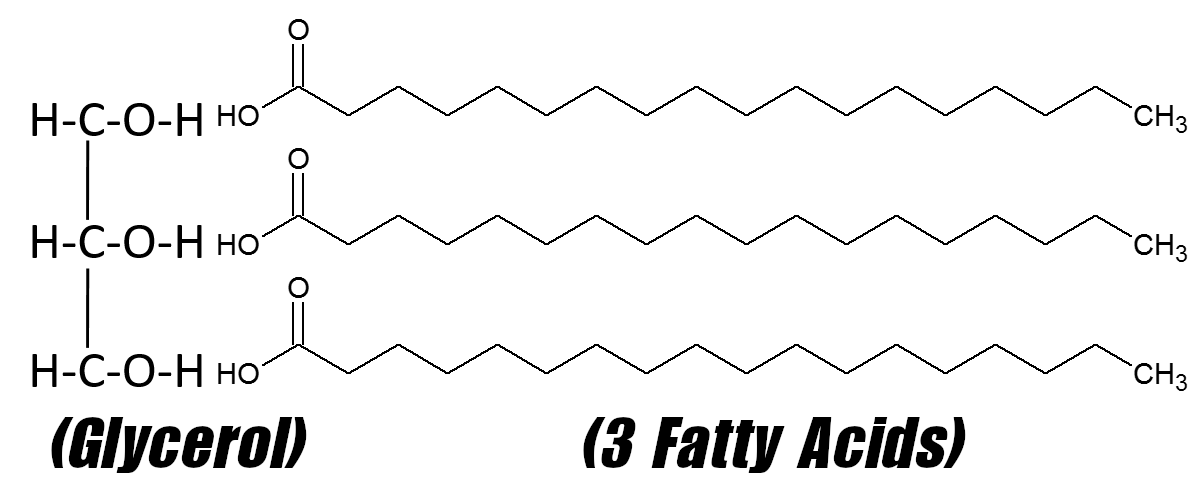
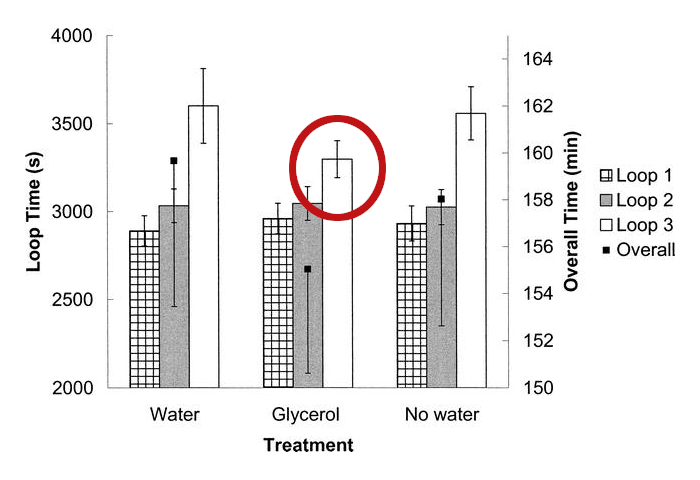
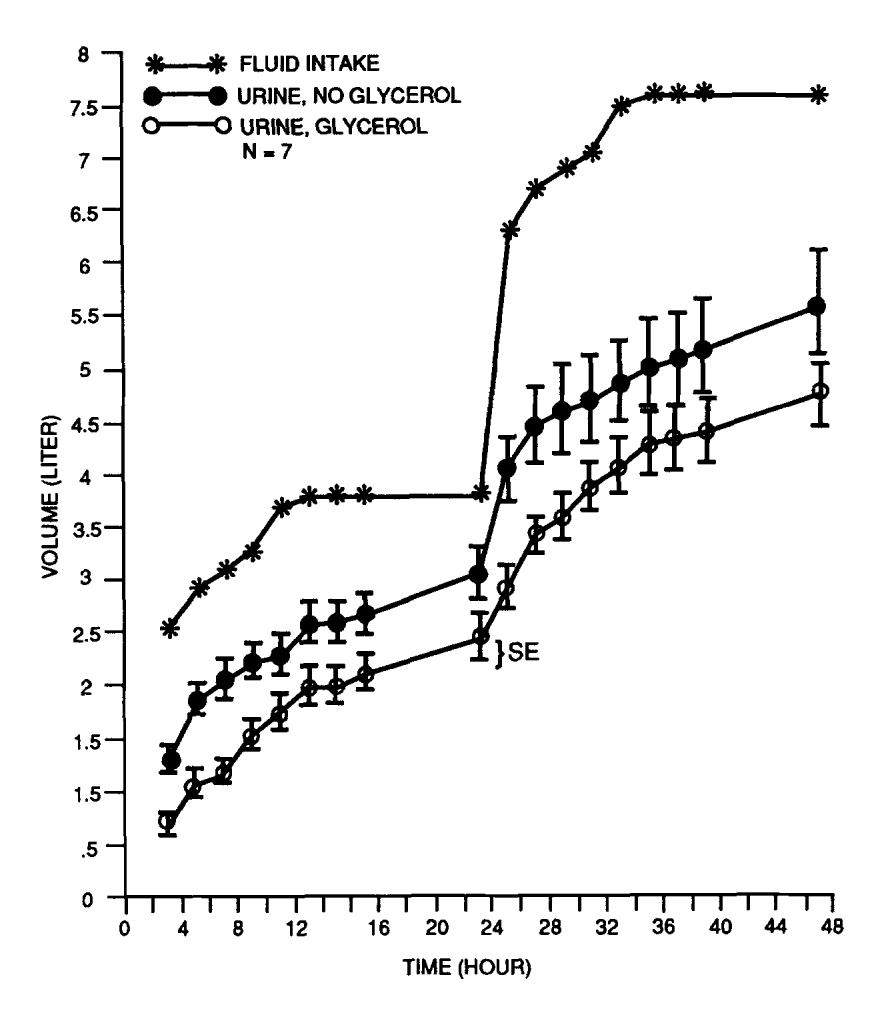
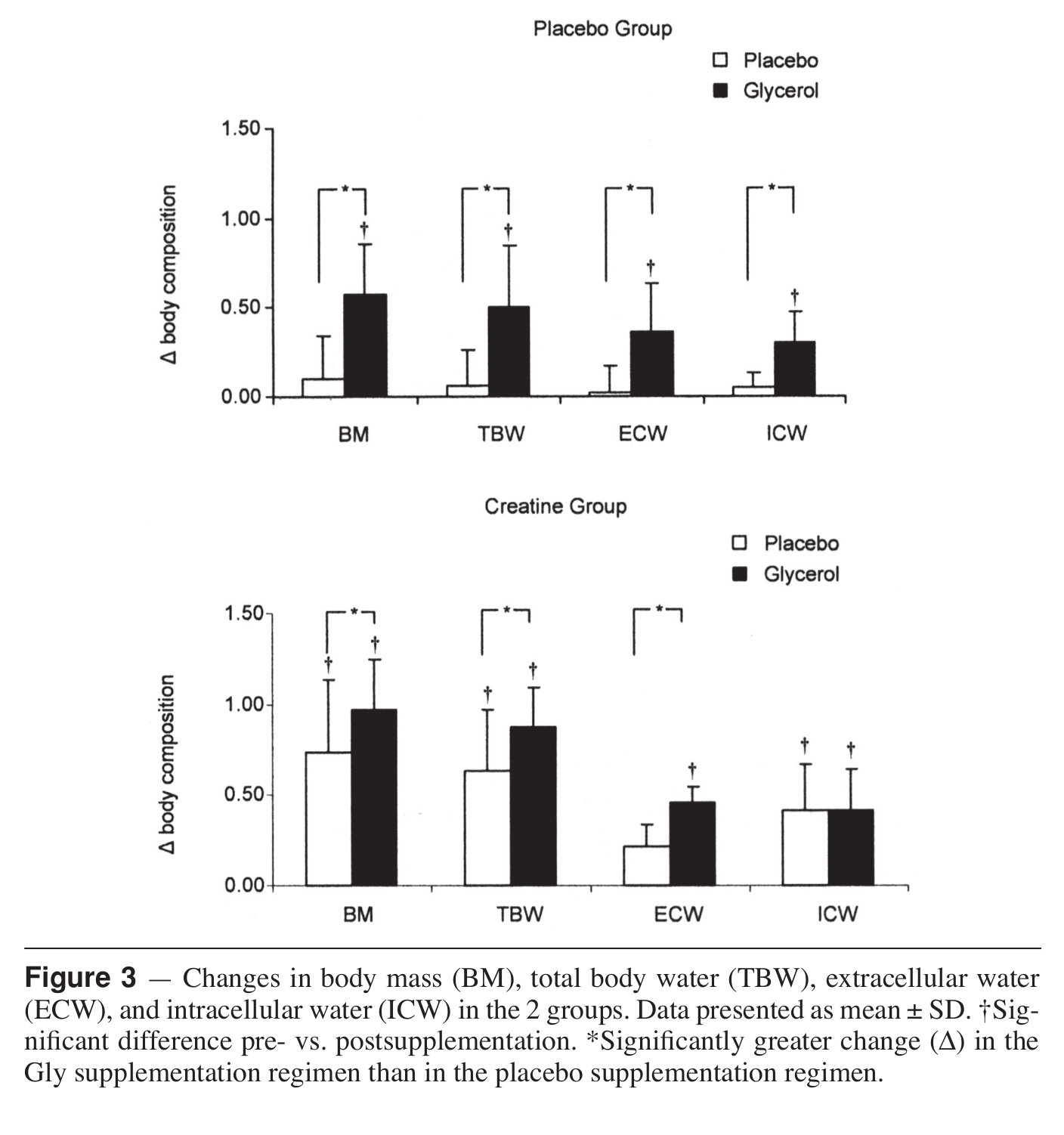
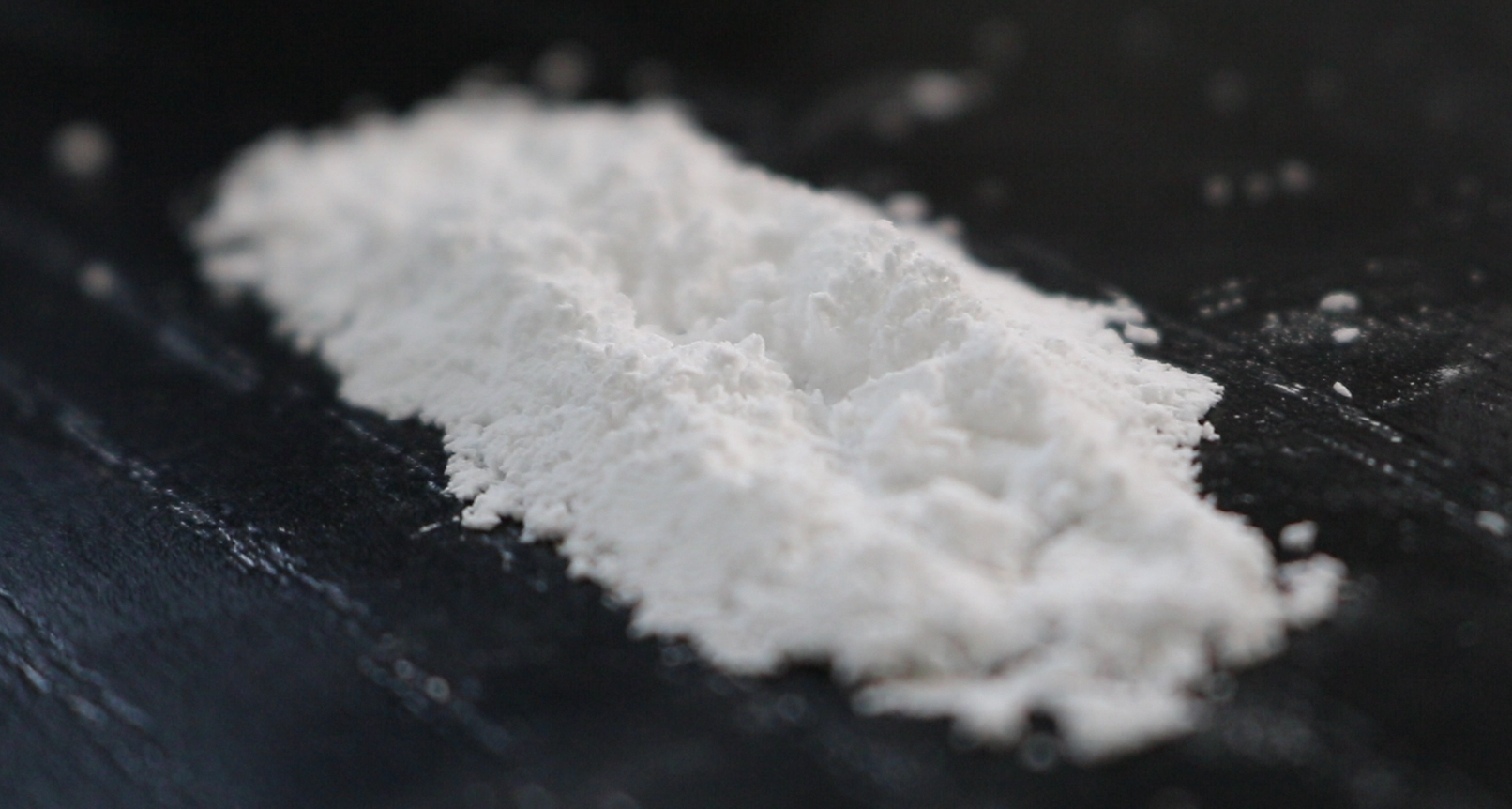
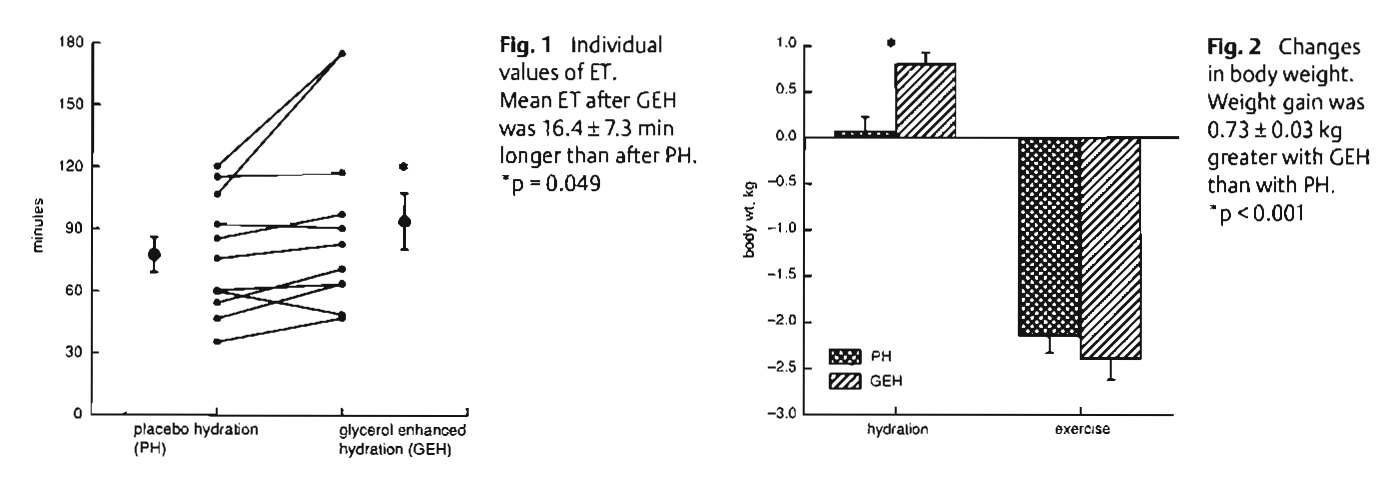

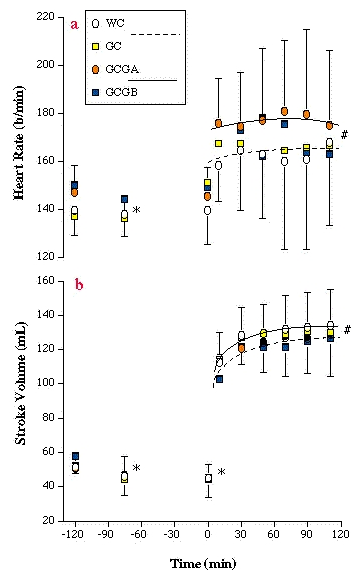
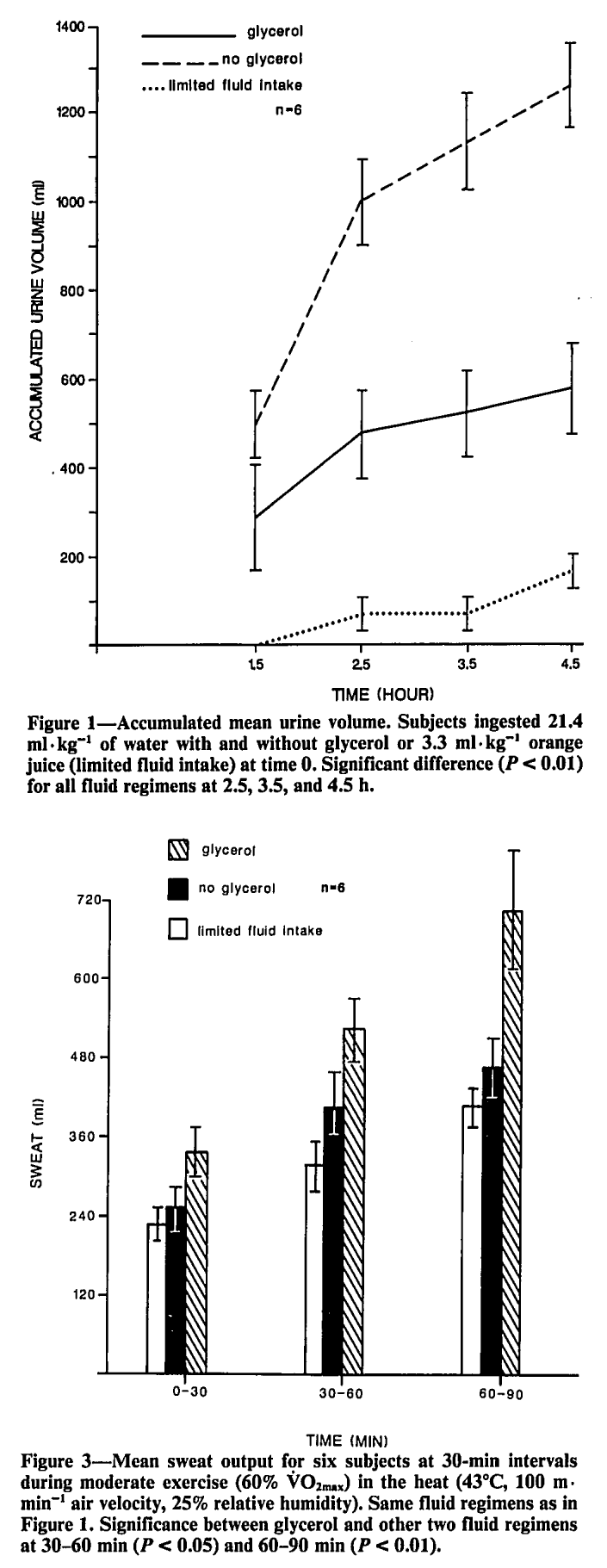
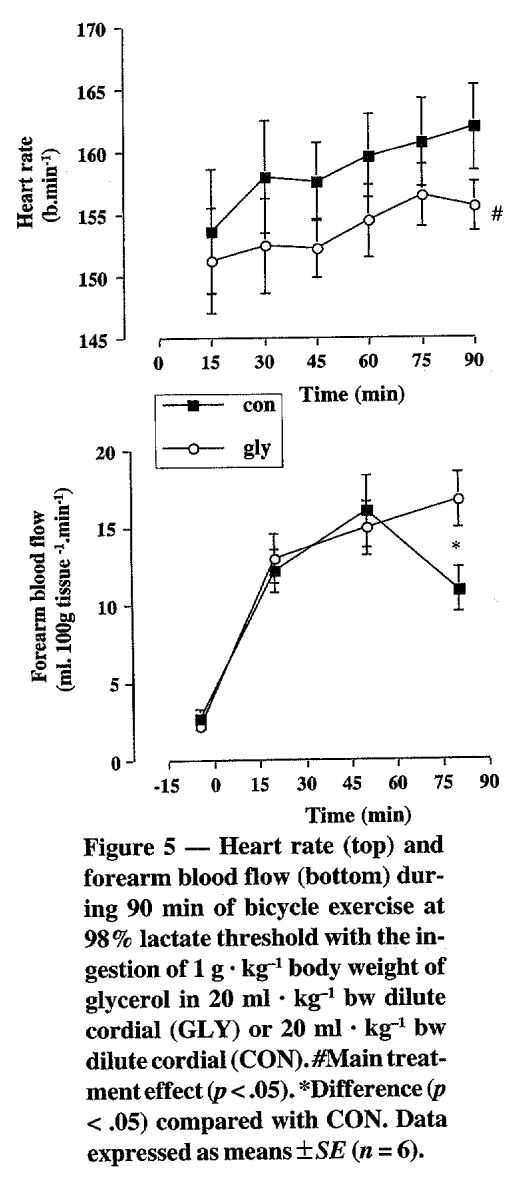
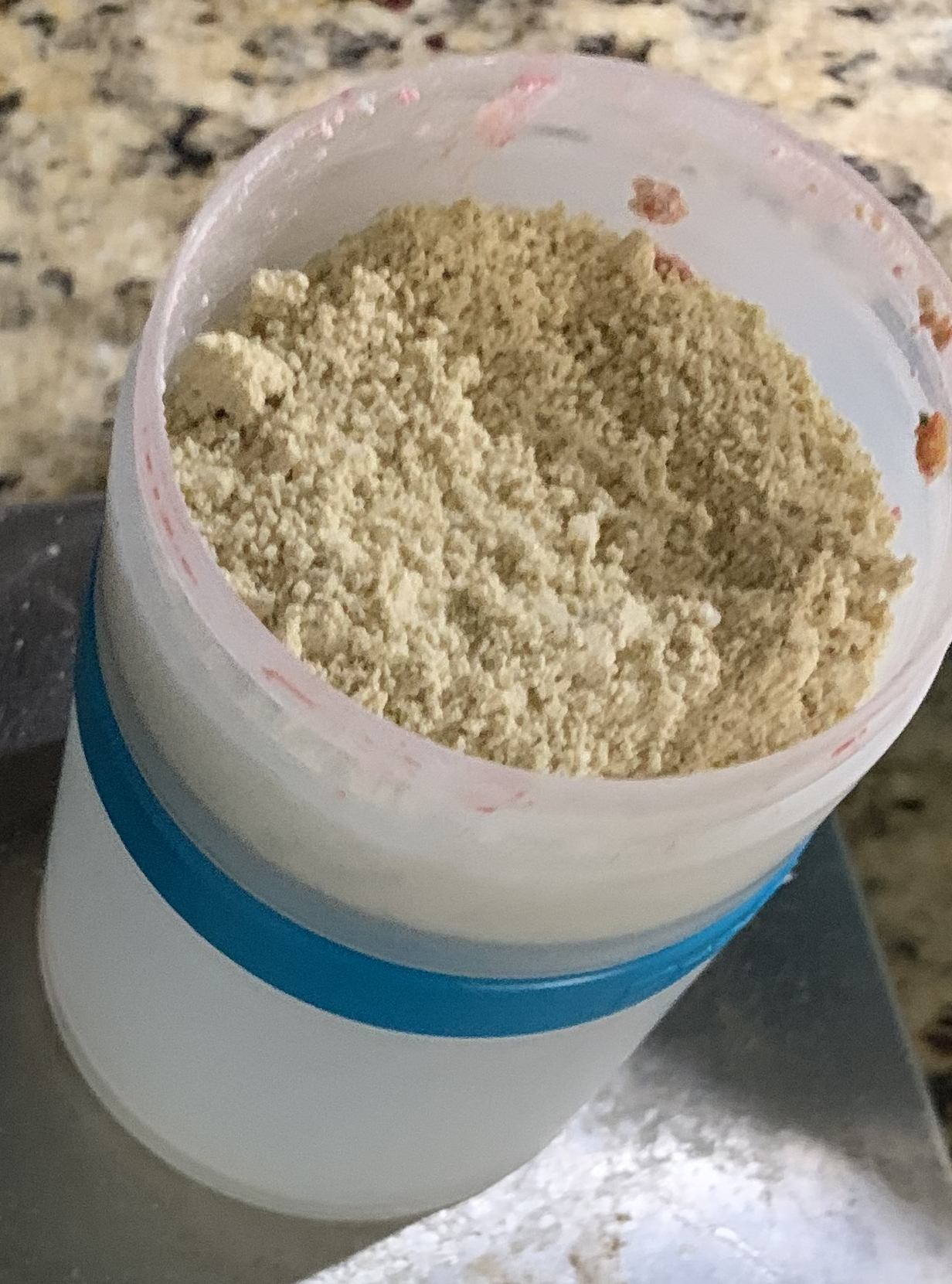
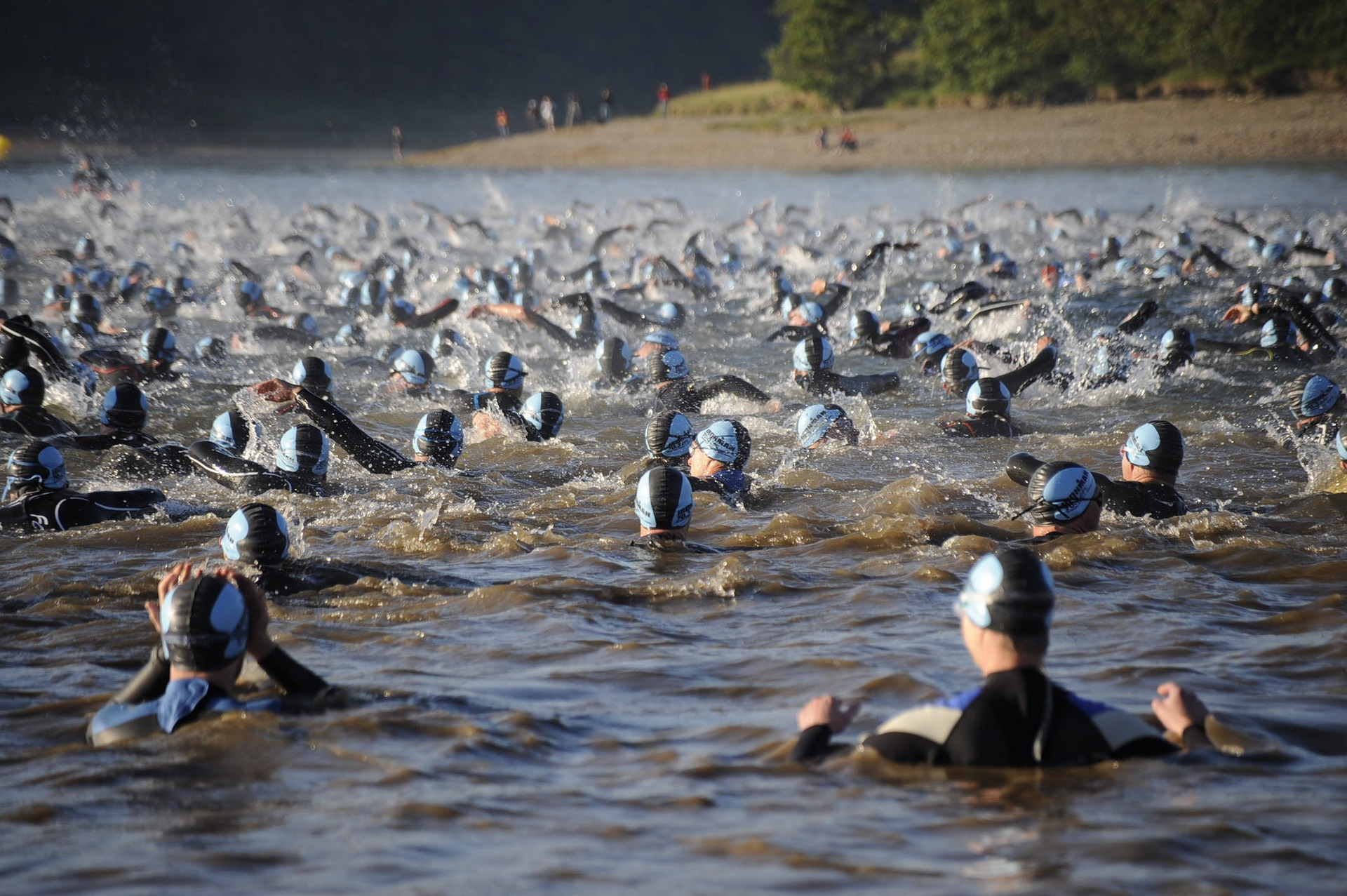
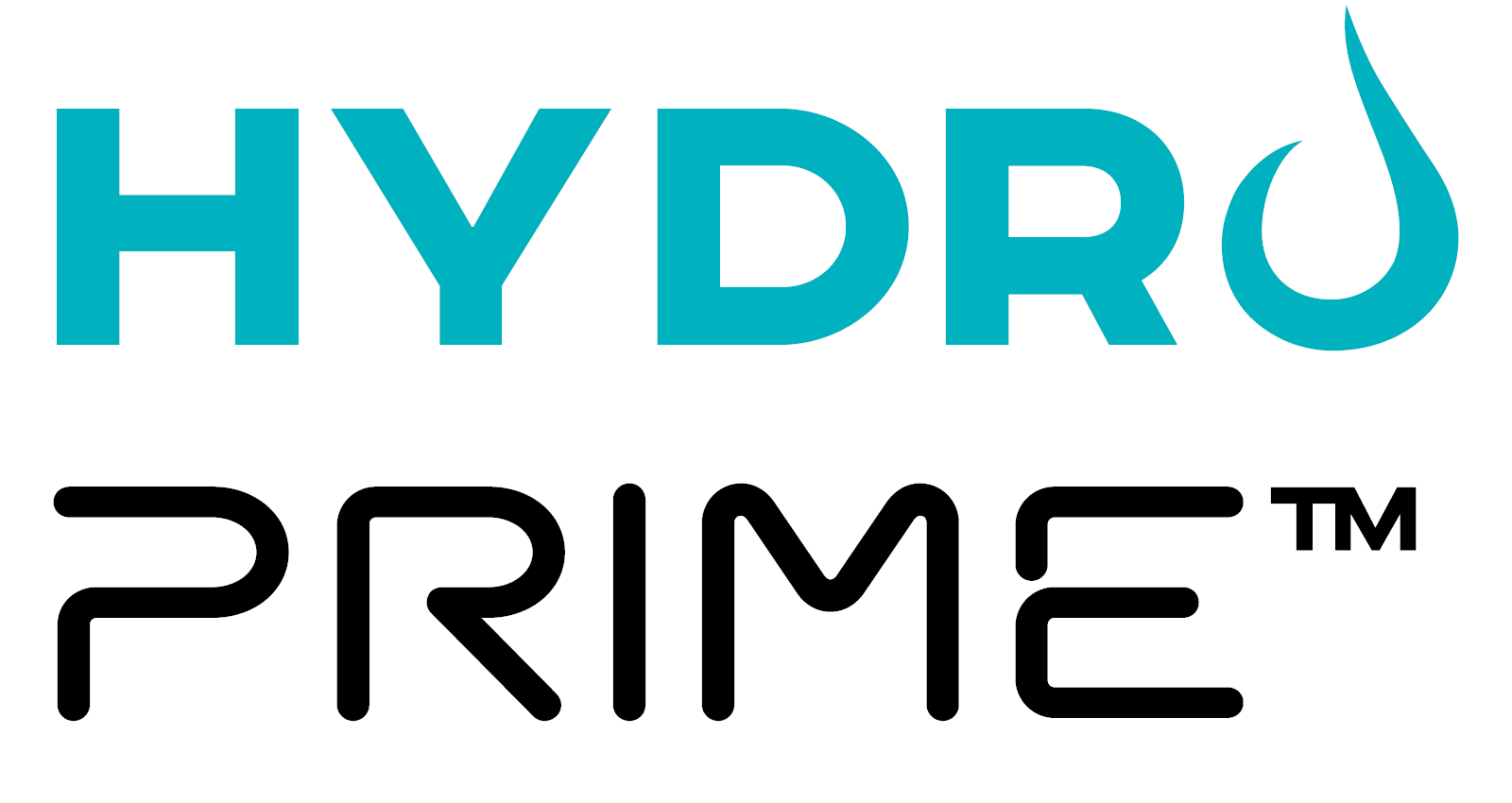
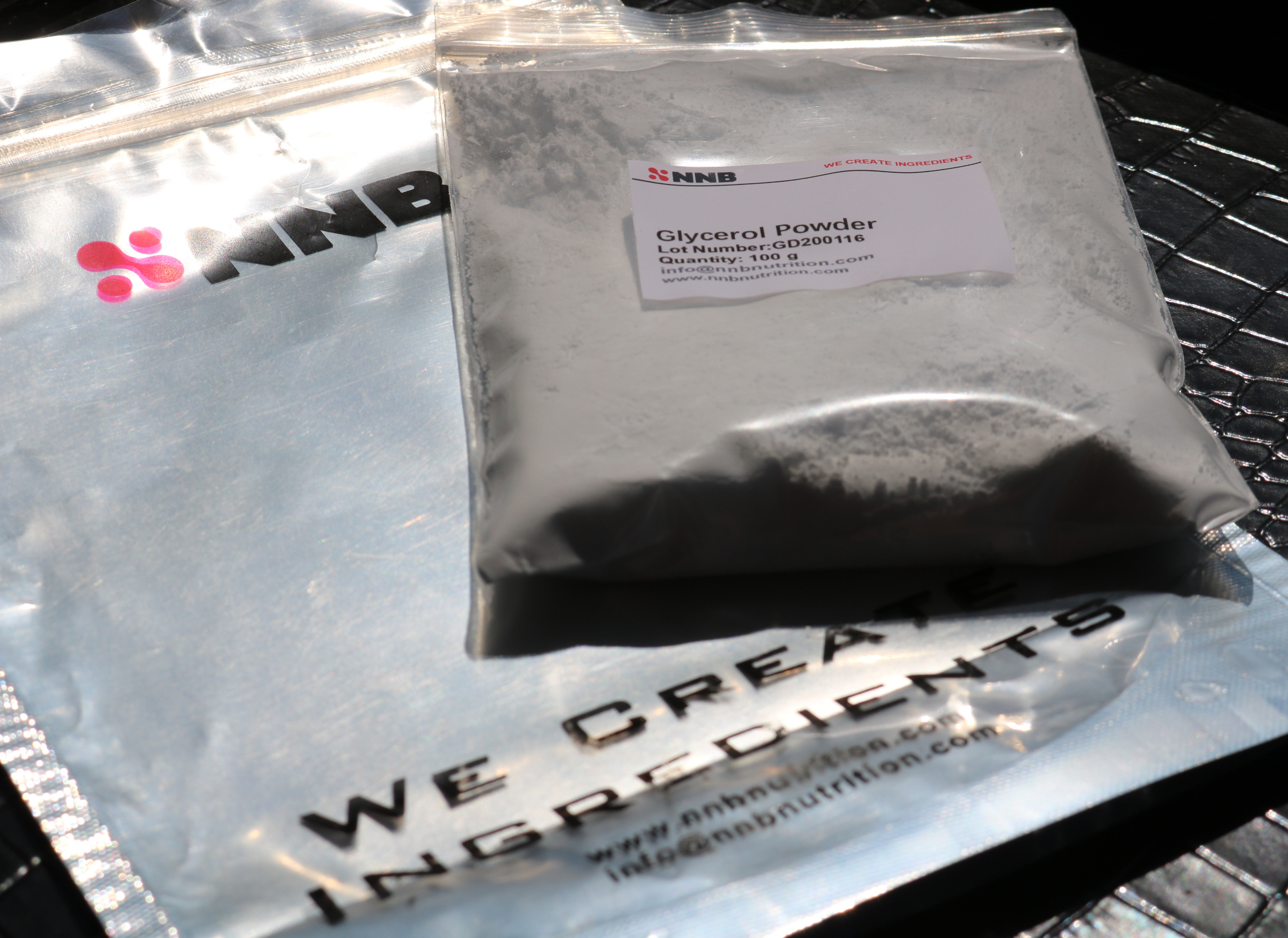
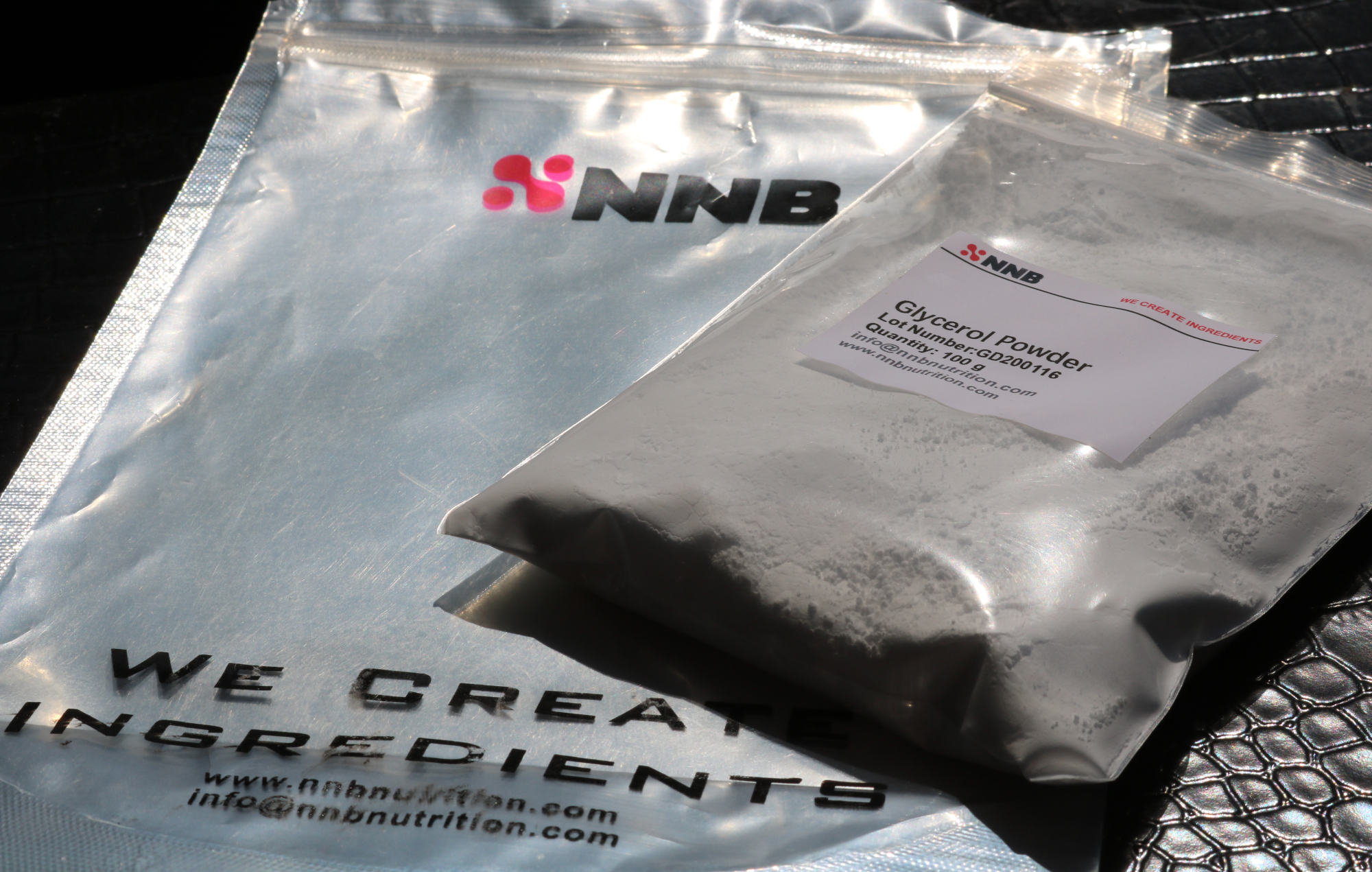


Comments and Discussion (Powered by the PricePlow Forum)